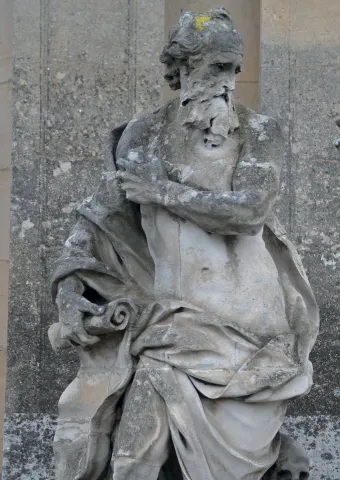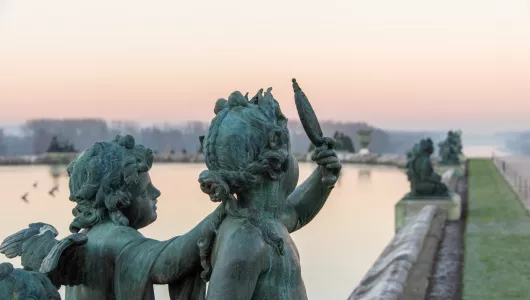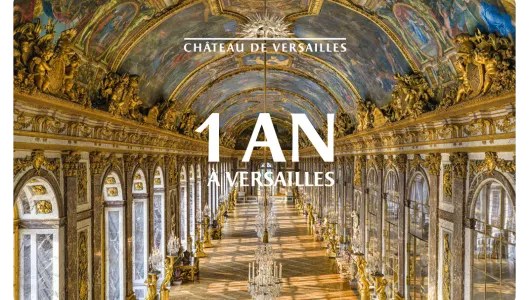Saint Jerome
Represented as an older man with a cloth draped over his naked body, Saint Jerome the hermit has a long beard that contrasts his receding hairline. He is holding an open scroll in his right hand, symbolizing his epistolary work, while his left hand is folded across his chest, clutching a cross that is now missing. The skull and open book next to his left foot refer to his meditations as an anchorite and his translation of the Bible.
Born around 340, Saint Jerome is recognized as one of the four Fathers of the Latin Church along with Augustine, Ambrose and Gregory the Great. After living as a hermit in the Syrian desert for three years, he left for Rome in 382 where he became a close friend of Pope Damasus. The latter charged him with translating the Bible into Latin from the Greek “Septuagint” and preserved Hebrew manuscripts. He devoted his life to this enormous task, carrying out his relentless work until his death in Bethlehem in 420. His version of the Bible, called the “Vulgate”, which was revised and supplemented several times, was recognized by the Church as its official version at the Council of Trent. Saint Jerome became the patron saint of theologians and scholars.
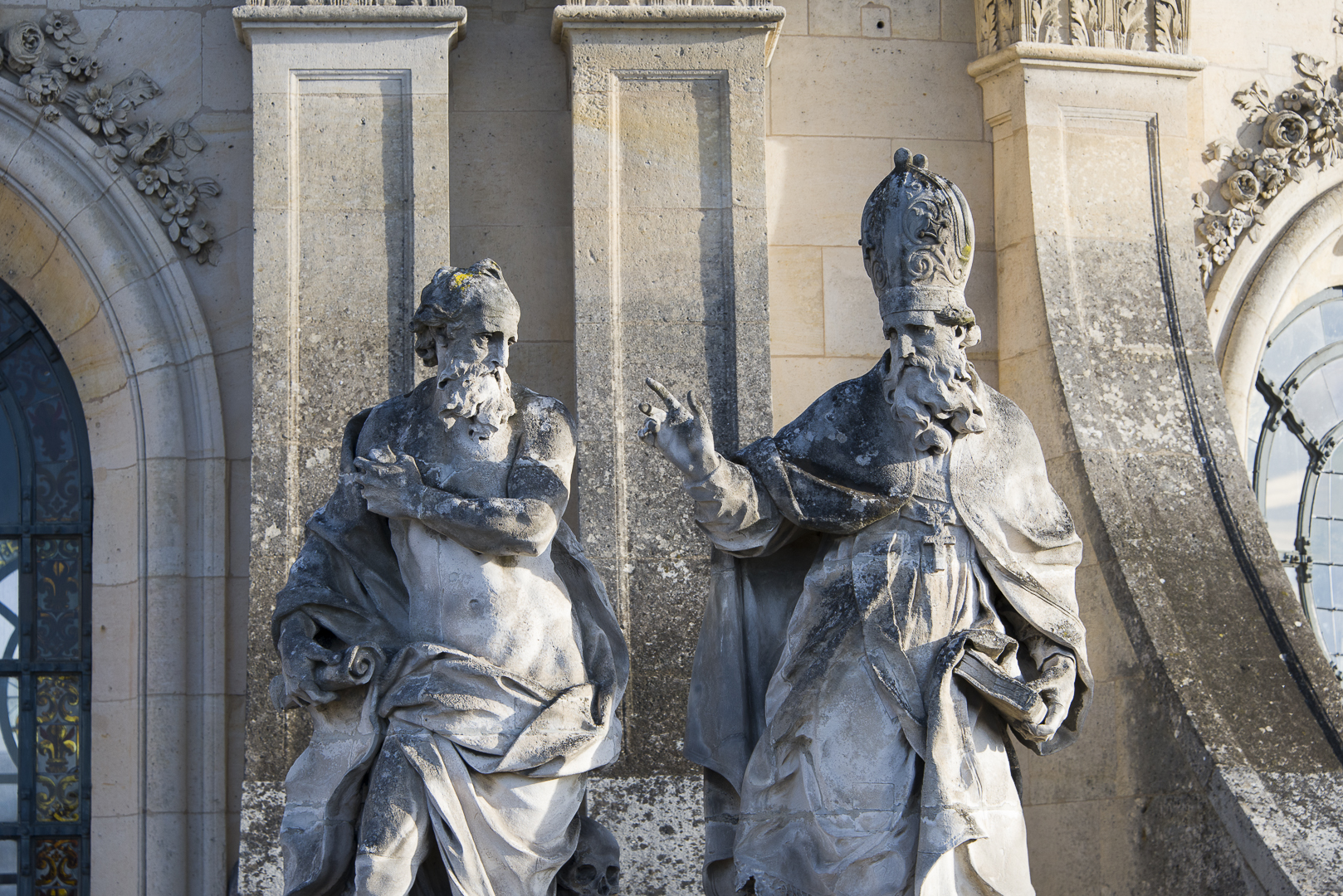
Saint Jerome and Saint Augustine
© EPV/Thomas Garnier
sculptor Guillaume Coustou
Guillaume Coustou, brother of Nicolas Coustou, also a student of Coysevox, left for Rome after being awarded the first prize for sculpture (1697) and returned to Paris before 1703, where he was admitted to the Academy. He was employed to work in the King’s Buildings: the Hôtel des Invalides, Versailles, the estate of Marly (The Marly Horses, now at the Louvre). His style is characterized by its strength of expression, which made Guillaume Coustou an excellent portraitist. The majority of his work at Versailles was for the Royal Chapel.
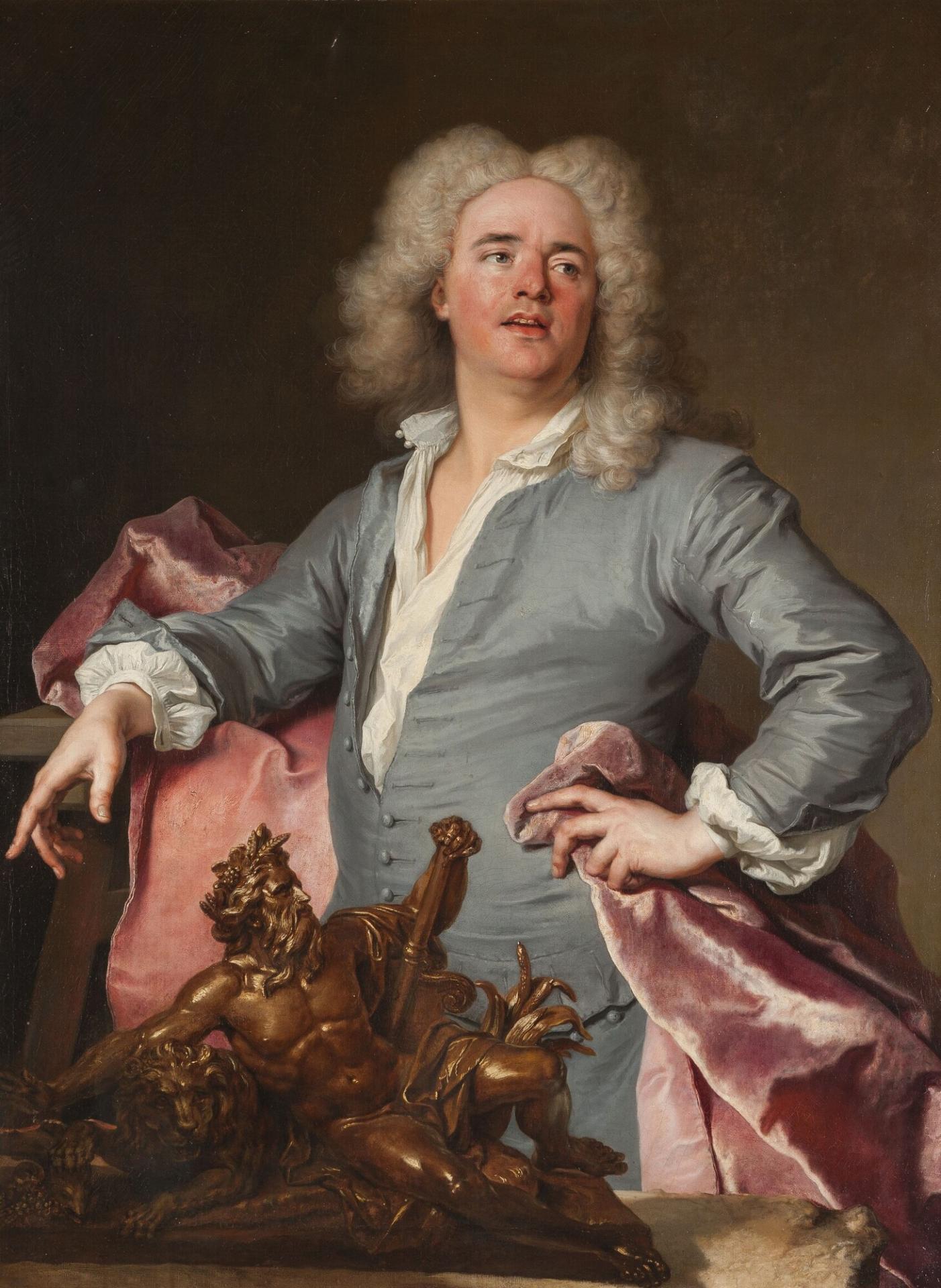
Portrait of Guillaume Coustou the Elder (1677-1746)
© Château de Versailles, Dist. RMN / © Christophe Fouin



